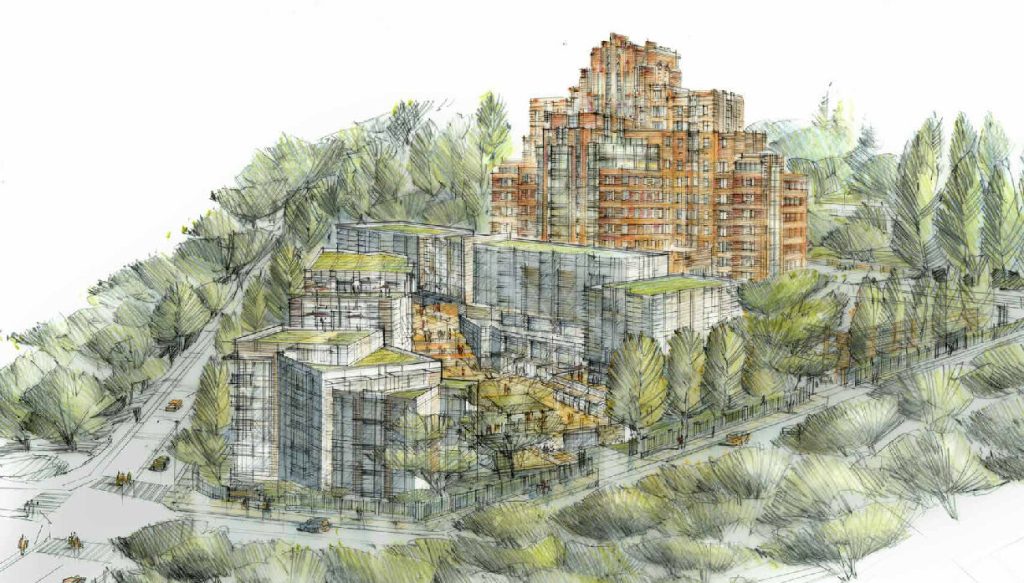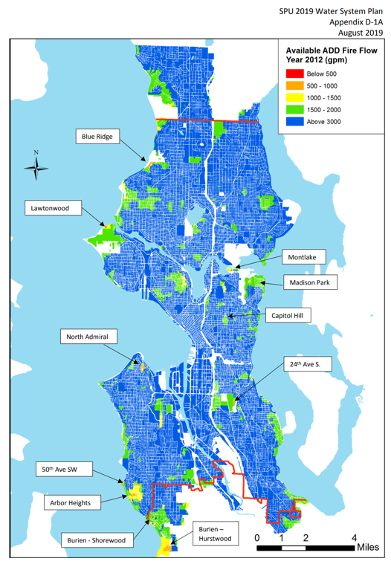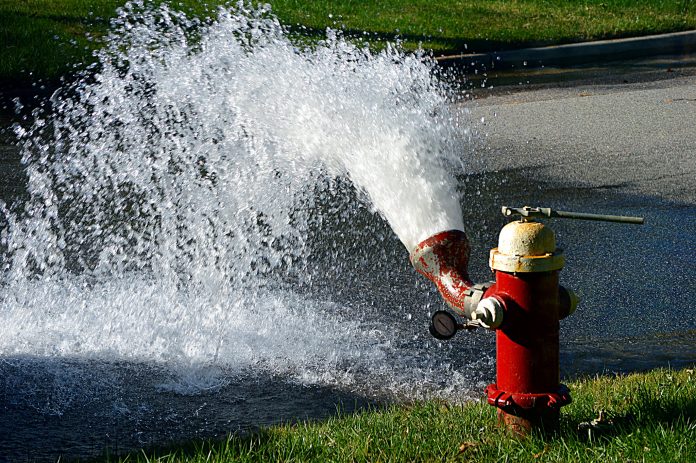A City stakeholder meeting on May 25 holds the prospect of improving processes around water system upgrades and permitting.
The Urbanist has covered before how water main requirements can be a huge burden on homebuilders and sink projects, and there is the prospect of help on the horizon.
The Seattle Mayor’s office is holding a virtual meeting to seek input from stakeholders for feedback on a proposal about the city’s policy for how Seattle Public Utilities (SPU) handles water main extensions, valves, and other system improvement requirements triggered by permitting. Interested parties would be wise to attend and make the case for a more predictable process that eliminates unnecessary fees and delays in order to encourage homebuilding.
SPU’s system for levying requirements on developers for water main extensions and other upgrades is very opaque, and the basis for the assessments — which can cost more than a million dollars on large projects — is frequently not clear to applicants and in some cases even appears unlawful since some SPU interpretations seem at odds with Seattle Municipal Code. This problem nearly doomed a 160-home affordable project in Beacon Hill, which was initially hit with an unnecessary million-dollar assessment until being rescinded following coverage in The Urbanist.
The Water Availability Certificate
SPU issues Water Availability Certificates (WAC) during the permitting process for developments which determine if a project will hit an unexpected cost or snag in getting a permit. Developers have little clue whether a project will trigger a water main extension requirement or another costly system upgrade since SPU does not routinely share their expectations ahead of time or their data on whether water pressure is deficient.

Despite the standard engineering protocol described within the agency’s Water Plan, the required hydraulic calculations to demonstrate if there is a service “gap” are not included with the WACs. Developers are all too often blindsided by certificates that include burdensome requirements to pay for design and installation of public water mains and related water system components.
As a civil engineer who provides designs for development and redevelopment projects I have never received a WAC that includes existing system performance results. My colleagues have also reported not seeing calculations to support system improvement mandates.
SPU Has Already Done a Citywide Fire Flow Analysis
In fact, homebuilders have plenty of reason to expect that water pressure is sufficient across Seattle since agencies conduct periodic checks that have found the water system was meeting fire code requirements, which indicate plenty of flow to meet residential needs.
In 2011, Seattle Public Utilities (SPU) and the Seattle Fire Department (SFD) developed operational fire flow performance targets for parcels served by the City water distribution system. The fire flow targets established for single-family zoning is 1,000 gallons per minute (gpm) and 1,500 gpm for multi-family.
Using the targets established, a city-wide fire flow analysis of the water main distribution system was conducted by SPU in both 2011 and again in 2017. Results of the analysis found that the majority of the more than 190,000 parcels in SPU’s water service area meet or exceed the fire flow performance targets. Operational fire flows of greater than 1,500 gpm that are needed to support multi-family construction are present throughout the city.
Even if a single fire hydrant delivers less than a target flow rate, more than one fire hydrant can be used to achieve a cumulative flow rate. This is readily supported by the standard operational practice of the Seattle Fire Department to respond to all fires with at least two fire trucks and oftentimes three. Connection to a fire hydrant allows flows to be conveyed to a pump system within the truck and out through a fire fighting hose.

SPU’s results confirm that the required flows to support development and redevelopment are available within the existing system. This information is available on a GIS layer managed by SPU and released to the Seattle Fire Department. (The name of the field is “MHADDGPM20.”) The plan states the field was added to SPU’s internal GIS layers for operational planning purposes only.
Why this GIS layer has not been made available to developers, engineers, property owners, and the public at-large has not been explained by SPU. Also, SPU has not explained why the results of this analysis are not disclosed with the issuance of water availability certificates.
Furthermore, the Water System Plan discloses a significant $2 billion Capital Facilities Plan envisioned over the next two decades. These improvements would be paid for by ratepayers, but it could be SPU is tacking them onto development projects where convenient as a money grab.
Why are developers required to pay for and install unnecessary water mains when the water distribution system provides the required flow rates and there is a $2 billion capital facilities plan in place? Housing projects are negatively affected by the mandates that aren’t yet substantiated.
This egregious action by SPU must end. Both SPU and the Mayor’s office must explain why the costly burden of water main upgrades is placed on homebuilders when SPU’s fire flow hydraulic analysis demonstrates target flow rates are currently achieved. They must show how these decisions are made and how we can create a system that encourages homebuilding rather than saddling it with unexpected and unsubstantiated costs.
Per an announcement released by the Seattle Mayor’s office, here is an opportunity to ask these questions of the City Mayor’s office: “The Seattle Mayor’s office is seeking input from stakeholders with feedback on a proposal about the policy of how SPU handles water main extensions, valves, and other system improvement requirements triggered by various permitting and construction activities. Hear from SPU staff regarding the issue, ask questions, and provide feedback.”
Date: Thursday, May 25, 2023
Via City invite shared with The Urbanist
Time: 2-3pm
Virtual Meeting Login: Microsoft Teams meeting
Click here to join the meeting
Meeting ID: 286 652 804 799
Passcode: T3kiYP
If you have questions about the meeting, please contact us at SPU_DSO@seattle.gov.
Liz VanBemmel, a Performance Liaison within Seattle Mayor’s office can be contacted about the stakeholders meetings at liz.vanbemmel@seattle.gov.
For more information: Seattle Public Utilities (SPU) most recent Water System Plan can be found at: Water System Plan — Utilities | seattle.gov. The plan includes standard engineering analysis protocols to determine if water main improvements are needed for new development and redevelopment. If there is a gap between what the existing system can provide and what the project needs, only then will the developer be required to pay for and install any system upgrades (Section 5.4.4.2). The Plan also includes a detailed water Distribution System Analysis. The results convey city-wide system flow rates that exceed established fire department gpm thresholds.

Donna Breske (Guest Contributor)
Donna Breske is a licensed Professional Engineer in the State of Washington. She owns Donna Breske & Associates and with her staff provides land use consulting and civil engineering design for numerous infill projects within multiple jurisdictions in the Puget Sound Area. She has a Bachelor of Science in Civil Engineering from the University of Washington and an MBA from Seattle University. She is married to her husband Fred with whom they share two adult children. She grew up in Seattle and is passionate about eliminating absurd impediments from permitting departments and ensuring consistent and predictable outcomes.

